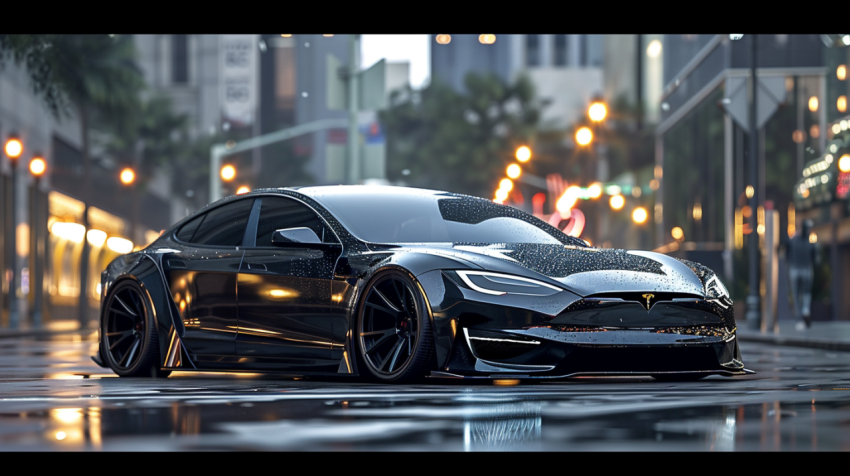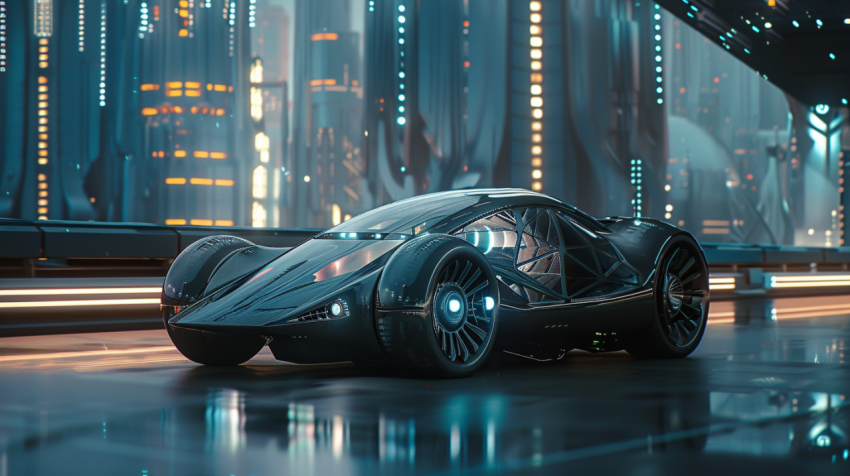











Unlocking Potential: The World of Sports Car Performance Tuning
For many sports car enthusiasts, the pursuit of performance is a never-ending journey. Performance tuning and modification is the art and science of enhancing a sports car's capabilities beyond its factory specifications. It's about extracting more power, improving handling, sharpening responsiveness, and personalizing the driving experience. This deep dive explores the various aspects of sports car performance tuning, from basic bolt-on upgrades to advanced engine modifications.
1. Engine Tuning:
The engine is the heart of a sports car, and tuning it is often the first step towards unlocking more performance.
- ECU Tuning/Remapping: The Engine Control Unit (ECU) is the car's computer that controls various engine parameters like fuel injection, ignition timing, and boost pressure (in turbocharged or supercharged cars). ECU tuning, also known as remapping or chipping, involves modifying the ECU's software to optimize these parameters for increased power and torque.
- Benefits: Increased power and torque, improved throttle response, potentially better fuel economy (under normal driving conditions).
- Considerations: May void the manufacturer's warranty, requires expertise to avoid engine damage, may increase emissions.
- Cold Air Intake: Replacing the stock air intake with a cold air intake system can improve airflow to the engine. Cold air is denser than warm air, allowing for more oxygen to enter the combustion chamber, resulting in a slight power increase.
- Benefits: Slight power increase, improved engine sound, relatively inexpensive and easy to install.
- Considerations: Actual power gains can be minimal on some cars, may increase intake noise.
- Exhaust System Upgrades: Replacing the restrictive stock exhaust system with a performance exhaust can improve exhaust flow, freeing up horsepower and often enhancing the car's sound.
- Cat-Back Exhaust: Replaces the exhaust system from the catalytic converter back.
- Headers/Exhaust Manifold: Replacing the stock exhaust manifold with performance headers can further improve exhaust flow, especially at higher RPMs.
- High-Flow Catalytic Converters: Less restrictive than stock catalytic converters, improving exhaust flow while still reducing emissions.
- Benefits: Increased power, improved exhaust sound, weight reduction (with some systems).
- Considerations: Can be expensive, may increase exhaust noise significantly, may affect emissions compliance.
2. Forced Induction (Turbocharging/Supercharging):
For substantial power gains, forced induction is the way to go. Turbochargers and superchargers force more air into the engine, allowing for a larger fuel-air mixture and significantly increased power output.
- Turbocharging: Uses exhaust gases to spin a turbine that compresses intake air.
- Benefits: Significant power gains, relatively fuel-efficient at cruising speeds.
- Considerations: Turbo lag (delay in power delivery), added complexity and cost, increased heat.
- Supercharging: Uses a belt-driven compressor to force air into the engine.
- Benefits: Instant power delivery, no turbo lag, simpler installation than turbocharging in some cases.
- Considerations: Can be less fuel-efficient than turbocharging, parasitic loss (power required to drive the supercharger).
3. Suspension Tuning:
Improving a sports car's handling is just as important as increasing its power. Suspension tuning can make the car more responsive, stable, and predictable at the limit.
- Lowering Springs: Lowering the car's center of gravity improves handling by reducing body roll and improving aerodynamics.
- Benefits: Improved handling, more aggressive stance.
- Considerations: Can make the ride harsher, may reduce ground clearance.
- Coilovers: Offer adjustable ride height and damping, allowing for fine-tuning of the suspension to suit different driving conditions and preferences.
- Benefits: Highly adjustable, improved handling, customizable ride quality.
- Considerations: More expensive than lowering springs, require proper setup.
- Anti-Roll Bars (Sway Bars): Reduce body roll during cornering, improving handling and stability.
- Benefits: Reduced body roll, improved cornering stability.
- Considerations: Can make the ride slightly harsher on uneven surfaces.
- Strut Tower Braces: Increase chassis stiffness by connecting the strut towers. This results in sharper steering response and improved handling.
4. Brake Upgrades:
With increased power and improved handling, it's crucial to upgrade the brakes to ensure adequate stopping power.
- High-Performance Brake Pads: Offer improved stopping power and fade resistance compared to stock pads.
- Slotted or Drilled Rotors: Improve heat dissipation, reducing brake fade during aggressive driving.
- Larger Brake Calipers and Rotors (Big Brake Kit): Provide significantly increased braking power and heat capacity.
- Braided Stainless Steel Brake Lines: Improve brake pedal feel and responsiveness by reducing expansion under pressure.
5. Wheels and Tires:
Wheels and tires are the only contact points between the car and the road, making them crucial for both performance and handling.
- Lightweight Wheels: Reduce unsprung weight, improving acceleration, braking, and handling.
- Performance Tires: Offer increased grip and improved handling compared to standard tires.
- Summer Tires: Designed for maximum grip in dry and warm conditions.
- Track Tires (R-Compound): Offer the highest level of grip but wear quickly and are not suitable for everyday street use.
6. Other Modifications:
- Limited-Slip Differential (LSD): Improves traction by limiting wheel spin, especially during cornering and acceleration.
- Short Shifter: Reduces the throw of the gear shifter, allowing for quicker and more precise gear changes.
- Lightweight Flywheel: Reduces rotational inertia, allowing the engine to rev more freely and improving throttle response.
- Aerodynamic Enhancements: Spoilers, splitters, and diffusers can improve downforce and stability at high speeds.
Considerations for Performance Tuning:
- Warranty: Modifying your car may void the manufacturer's warranty.
- Legality: Some modifications may not be street legal in certain areas. Check your local regulations.
- Reliability: Pushing a car beyond its factory limits can increase stress on components and potentially affect reliability.
- Cost: Performance tuning can be expensive, especially for major modifications like forced induction.
- Expertise: Proper installation and tuning are crucial for safety and performance. It's often best to work with experienced professionals.
Conclusion:
Performance tuning and modification is a rewarding way to personalize your sports car and enhance its capabilities. From simple bolt-on upgrades to extensive engine modifications, there's a wide range of options to suit different budgets and performance goals. However, it's essential to approach tuning with careful planning, research, and a realistic understanding of the potential trade-offs. By working with reputable tuners and choosing high-quality components, you can unlock the full potential of your sports car and enjoy a driving experience that's truly exhilarating. The pursuit of performance is a journey of continuous learning and refinement, where every modification brings you closer to achieving the perfect balance of power, handling, and driving enjoyment.
sports car tuning, performance tuning, car modification, engine tuning, ECU remapping, cold air intake, exhaust upgrades, turbocharging, supercharging, suspension tuning, lowering springs, coilovers, anti-roll bars, brake upgrades, performance brakes, lightweight wheels, performance tires, limited-slip differential, short shifter, lightweight flywheel, sports car mods, best performance upgrades, how to tune a car, sports car performance parts, performance tuning shops, turbo vs supercharger, sports car handling upgrades, sports car, performance car, high-performance car, modify a car, car tuning, car modification, how to make a car faster, how to improve car handling, best car mods for the money, affordable performance upgrades, street legal car mods, track day modifications, horsepower upgrades, torque upgrades, ECU tuning for beginners, are cold air intakes worth it, exhaust upgrades explained, coilover setup guide, brake upgrade guide, performance tire guide, sports car maintenance, sports car projects, top sports cars for tuning, tuning tips for beginners, advanced tuning techniques, what is a dyno tune, dyno tuning explained, how much horsepower can my car handle, forced induction explained.

